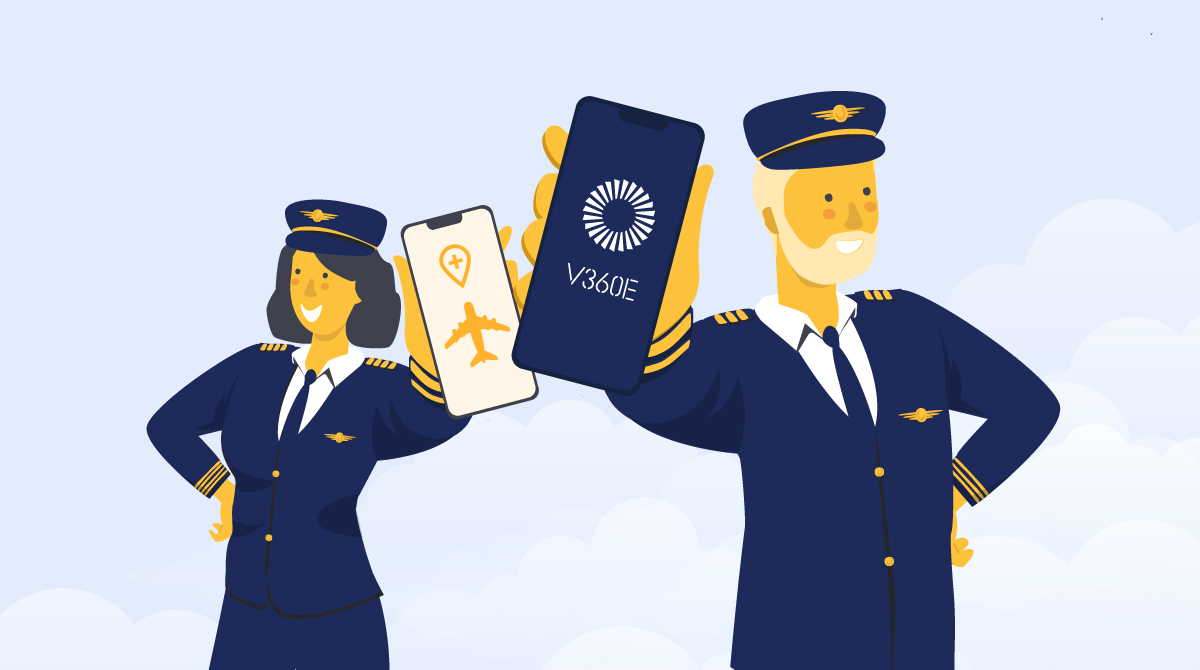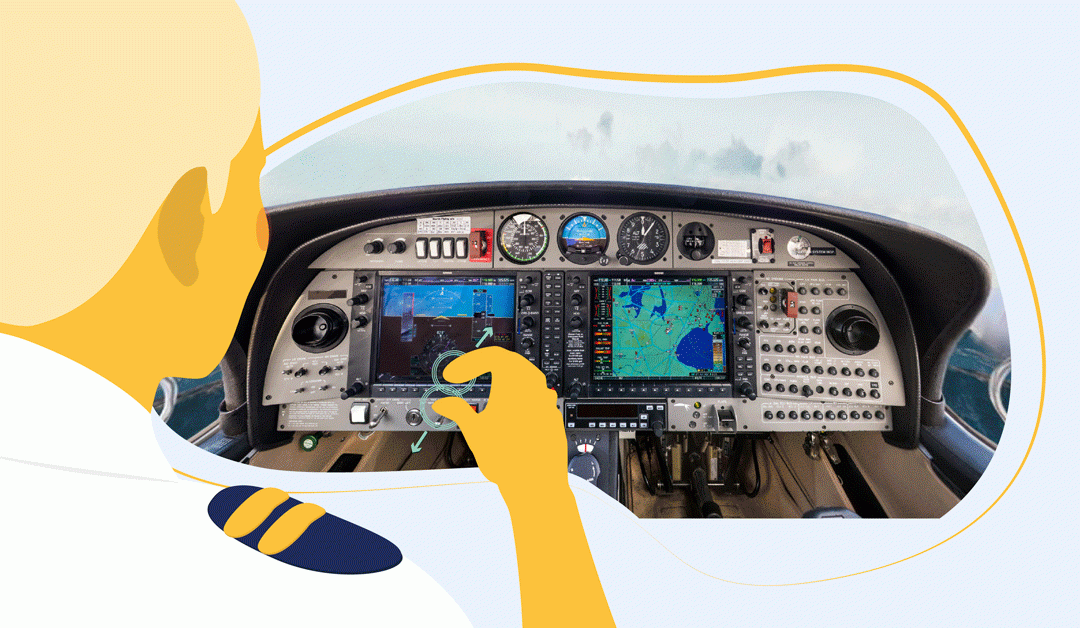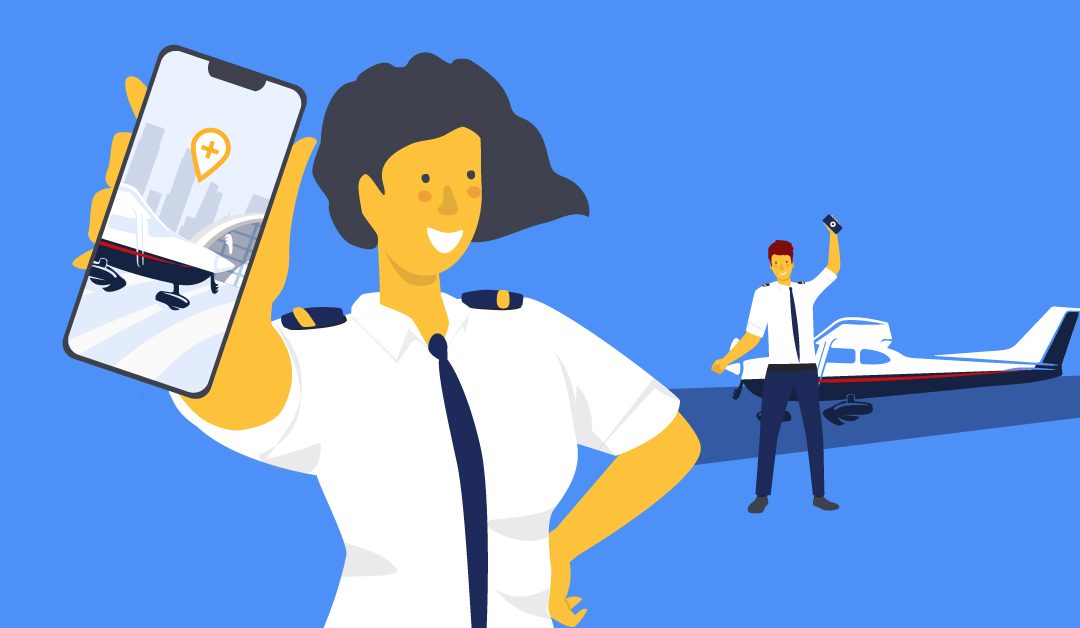Education is a big part of human existence. Ever since the internet changed every aspect of our everyday lives, learning and education processes have evolved.
The use of technology changed the learning from books and classrooms to more fun, more interactive approaches and companies started to use e-learning to train their staff efficiently.
With new, but accessible technology, it is possible to execute training in virtual environments and take traditional e-learning to the next level.
How does it work?
Advantages of virtual training
Virtual training is done in a simulated environment that recreates the actual work environment. This virtual “workplace” is then accessible on the learner’s mobile device. The main advantage is that learners get the feeling of the “real” environment. Navigating through content set in a virtual environment creates space for more interactivity and increases learner’s engagement.
Cost & Time Efficiency
In industries where regular mandatory training is required, logistics connected to the traditional classroom or on-site training can be costly. Training in virtual environments can supplement or even replace some of the traditional training sessions. This makes virtual training a cost-efficient solution.
60% less aircraft time
Virtual training in aviation: airlines using virtual training see a reduction of needed aircraft time, leading to more efficient training.
How Air Greenland achieved perfect pass rates with 60% less aircraft time.
Accessibility
Learners can access virtual training modules anytime and anywhere on their mobile devices, allowing them to train whenever it fits them. In addition to technical accessibility, virtual training facilitates learning in different learning styles. It provides audio-visual stimuli; learners can interact with the environment, learn at their own pace, and repeat different parts as often as needed.
More effective and practical study time
Virtual training in aviation: flight school students can get familiar with the aircraft ahead of the training session. Instructors report that students are better prepared and able to make better use of simulator session time.
How Scandinavia’s largest flight school creates better prepared pilots.
Engagement & Motivation
Navigating through virtual environments gives learners the freedom to learn at their own pace and keeps them engaged by presenting the content interactively. This means that learners are no longer passive learners, but they actively participate in the learning process. Interactive tools facilitating different learning styles and flexibility in learning increase learners’ motivation.
Snack learning
Snack learning is an approach to learning, where lessons are presented in relatively small units and short-term activities.
Virtual Reality VS Virtual Training
For many of us, learning in virtual environments can primarily evoke learning in Virtual Reality. The truth is that there is a difference between these two. While learning in Virtual Reality introduces the environment through special gear, learning in virtual environments is provided by an easy-to-access e-course. However, the learners still get a realistic feeling of being in a particular working environment.
Educating passengers through virtual learning
Do you find it difficult to imagine what virtual environment looks like? Check out this Course on Safe Air Travel set in virtual airport environment.
A virtual environment is created from 360° panoramic images, which are much faster to produce compared to VR environment that needs to be designed in a 3D application.
Interactions in virtual training modules can be done by anyone using a web browser. On the other hand, any interactions or updates to the content in VR need to be outsourced to external team of developers. Easy implementation of updates is one of the advantages that assures that virtual training is a more agile and cost-effective solution.
Training in virtual environments has brought a new approach to traditional e-learning that is often used for staff training. E-learning today does not have to be passive clicking through the endless number of slides by hitting that “NEXT” button. The development of new technologies enables participants to interact with the virtual environment instead of conventional listening to audio and watching demonstrations.
Explore virtual training examples
Original article by Aviation eLearning published at https://elearningindustry.com/bringing-new-approach-to-traditional-elearning.
Do you want to create immersive e-learning?
Create immersive courses rapidly and import them to any LMS.




